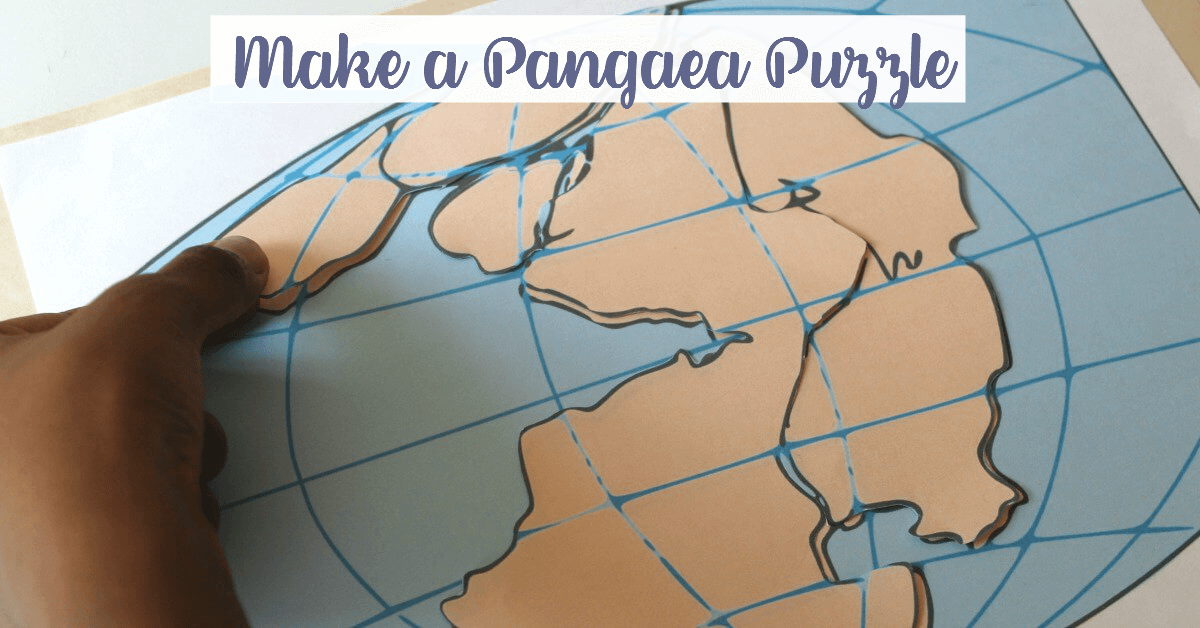

"Given that the heyday of Pangea was probably 300 million years ago, Amasia's would be 300 million years from now," Mitchell said. "But it could form as soon as 200 million years from now."
However, predicting the birth year of Amasia isn't so simple.
"The difficult thing about predicting the Pangea of the future is that you can't take present-day plate motions and hit fast-forward," Mitchell said. Plate motions can change unexpectedly, with imperfections in the seafloor causing plates to veer from their trajectories."


Not a big fan of Pangea. I kind of like the oceans separating us from the lefties on the right and the lefties on the left.

*ping*

.roughly 251 million years ago, the earth was without form, and void; and darkness was upon the face of the deep.
Stop super continent now buy continent credits
Valentine & Moores 1970 were probably the first to recognize a Precambrian supercontinent, which they named ‘Pangaea I’.[5]
It was renamed ‘Rodinia’ by McMenamin & McMenamin 1990 who also were the first to produce a reconstruction and propose a temporal framework for the supercontinent.[6]
Rodinia formed at c. 1.23 Ga by accretion and collision of fragments produced by breakup of an older supercontinent, Columbia, assembled by global-scale 2.0–1.8 Ga collisional events.[7]
Rodinia broke up in the Neoproterozoic with its continental fragments reassembled to form Pannotia 633–573 million years ago.
In contrast with Pannotia, little is known yet about the exact configuration and geodynamic history of Rodinia.
Paleomagnetic evidence provides some clues to the paleolatitude of individual pieces of the Earth’s crust, but not to their longitude, which geologists have pieced together by comparing similar geologic features, often now widely dispersed.
The extreme cooling of the global climate around 717–635 million years ago (the so-called Snowball Earth of the Cryogenian Period) and the rapid evolution of primitive life during the subsequent Ediacaran and Cambrian periods are thought to have been triggered by the breaking up of Rodinia or to a slowing down of tectonic processes.[8]
Yes but you have to add the sauce at the exact right time.
Yep! I remember it well...If I hadn't been broke at the time, I could have bought lots of land and been rich now...

Will they bring back the Continental Football League if that happens?
I really liked Pangea’s early albums. I hope it reunites sooner than 200 million years from now.
The ancient supercontinent of Gondwana, once part of the supercontinent Pangaea that constituted all of Earth's landmass, underwent a 60-degree rotation during a period of biological explosion on Earth, called the Cambrian explosion, a new study suggests.
Gondwana made up the southern half of Pangaea, which eventually broke up into smaller supercontinents that further divided into the continents that span Earth's surface today.
The Cambrian explosion was a major diversification of life on Earth that happened relatively quickly, over just a few million years, about 530 million years ago.
A team of Yale University geologists studied the paleomagnetic record of the Amadeus Basin in central Australia, which was part of the Gondwana precursor supercontinent.
Based on the directions of the ancient rock's magnetization, they discovered that the entire Gondwana landmass underwent a rapid 60-degree rotational shift, with some regions attaining a speed of at least 6.3 inches/year (16 centimeters/year), about 525 million years ago. By comparison, the fastest shifts we see today are at speeds of about 1.6 in/year (4 cm/year).
This was the first large-scale rotation that Gondwana underwent after forming, said Ross Mitchell, a Yale graduate student and author of the study detailing the findings in the August issue of the journal Geology.
The shift could either be the result of plate tectonics (the individual motion of continental plates with respect to one another) or "true polar wander," in which the Earth's solid land mass (down to the liquid outer core almost 1,800 miles, or 3,000 kilometers, deep) rotates together with respect to the planet's rotational axis, changing the location of the geographic poles, Mitchell said.
The debate about the role of true polar wander versus plate tectonics in defining the motions of Earth's continents has been going on in the scientific community for decades, as more and more evidence is gathered, Mitchell said.
In this case, Mitchell and his team suggest that the rates of Gondwana's motion exceed those of "normal" plate tectonics as derived from the record of the past few hundred million years.
"If true polar wander caused the shift, that makes sense. If the shift was due to plate tectonics, we'd have to come up with some pretty novel explanations," Mitchell said.
Whatever the cause, the massive shift had some major consequences. As a result of the rotation, the area that is now Brazil would have rapidly moved from close to the southern pole toward the tropics. Such large movements of landmass would have affected environmental factors such as carbon concentrations and ocean levels, Mitchell said.
"There were dramatic environmental changes taking place during the Early Cambrian, right at the same time as Gondwana was undergoing this massive shift," Mitchell said. "Apart from our understanding of plate tectonics and true polar wander, this could have had huge implications for the Cambrian explosion of animal life at that time."

.
The entire physical universe will only be here for another 1000 years or so.
Then bang poof.
It’s all because of Plate Teutonics: my theory that the Germans are moving the continents around.